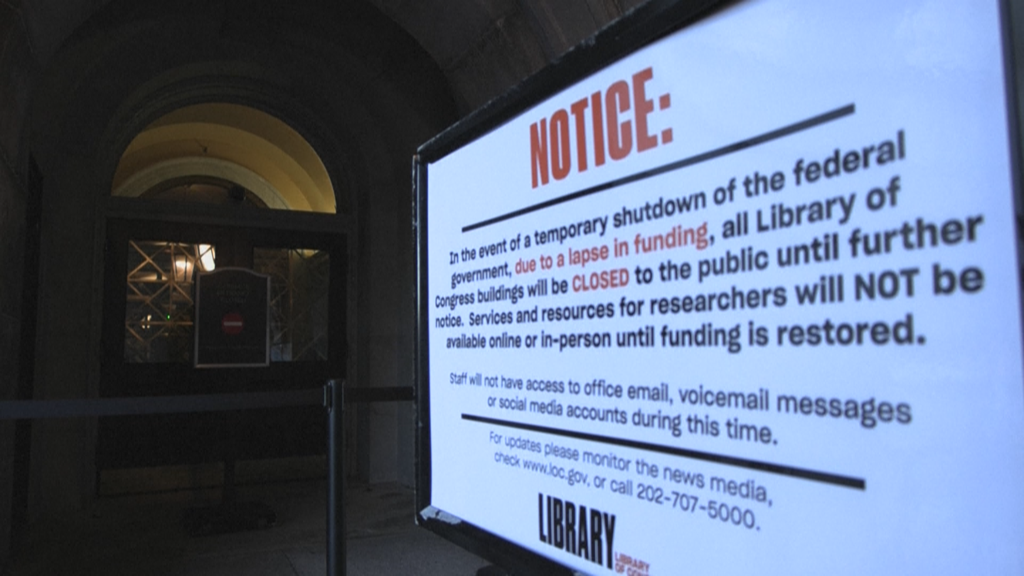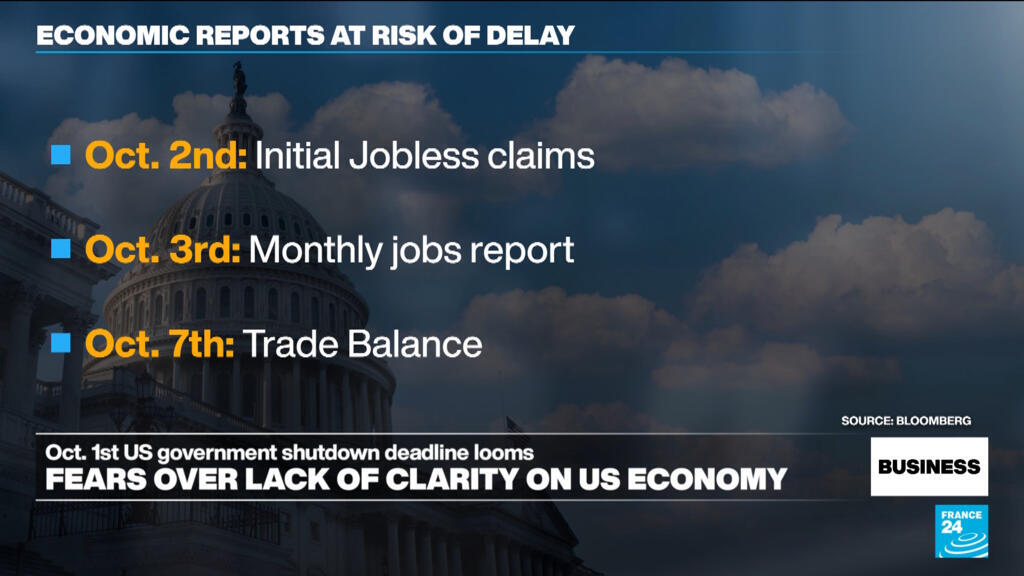Edward Gibson’s Evolution: Engineering Precision Meets Expansive Vision
Discover how Edward Gibson bridges the technical mastery of engineering with the boundless imagination of space exploration. This episode dives deep into his evolution—from calculated precision to a visionary mindset that inspires future innovators and dreamers alike.

Edward Gibson’s journey from engineer to author is no simple pivot. It’s a reinvention of purpose. From drafting designs to crafting arguments, his latest work signals a shift not away from science, but toward its broader meaning in the human story.
Gibson’s career has been defined by rigor. He spent years immersed in systems and solutions, where precision wasn’t optional—it was oxygen. But beyond the blueprints lay something more: an imagination that saw poetry in propulsion and narrative in navigation.
His book, Space: Ever Farther, Ever Faster – Now!, reflects this dual lens. It’s both technically fluent and emotionally resonant—a fusion of schematics and speculation. Only someone who’s engineered at the edge could write with such clarity about the horizon.
This isn’t a retirement hobby. Gibson writes with the intensity of a man confronting urgency. Where others reflect, he agitates. His pen is a tool of engagement—turning passive knowledge into public responsibility.
From factory floor to bookshelf, his mission has expanded: translate the frontier of space into a language the world can act on. While many engineers stay behind lab doors, Gibson steps into the civic arena, connecting minds once siloed—scientists, leaders, and citizens—into a shared discourse.
His prose bears the hallmarks of his former life: clean, direct, and unembellished. Yet between the lines, there’s fire. Every page pulses with conviction, an insistence that what’s at stake is nothing less than humanity’s trajectory.
The transition hasn’t been seamless. Where engineering thrives on hard metrics, writing demands nuance, emotion, ambiguity. But Gibson bridges this divide with discipline. He navigates the abstract without losing grip on reality, always circling back to the question: Why does this matter?
In this book, ethics share space with engines. He explores resilience, ambition, even identity—drawing a map not just of orbits, but of ourselves. He challenges readers to consider: Are we ready to inhabit what we reach?
Gibson is not content to invent silently. He embodies a new archetype—builder, thinker, communicator. A figure who doesn’t just shape the future in schematics, but steers its narrative in public consciousness.
With this book, he reminds us that innovation without imagination is empty. And that to expand our reach among the stars, we must first expand the scope of our purpose here on Earth.




















































